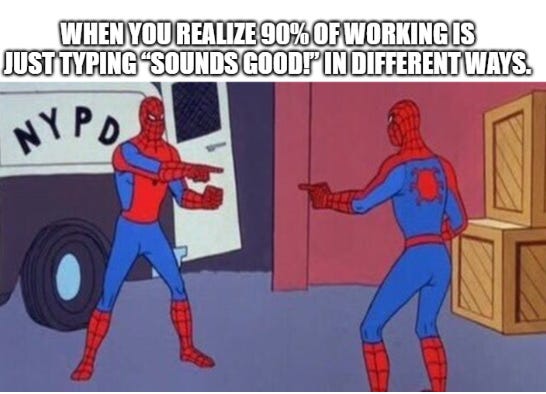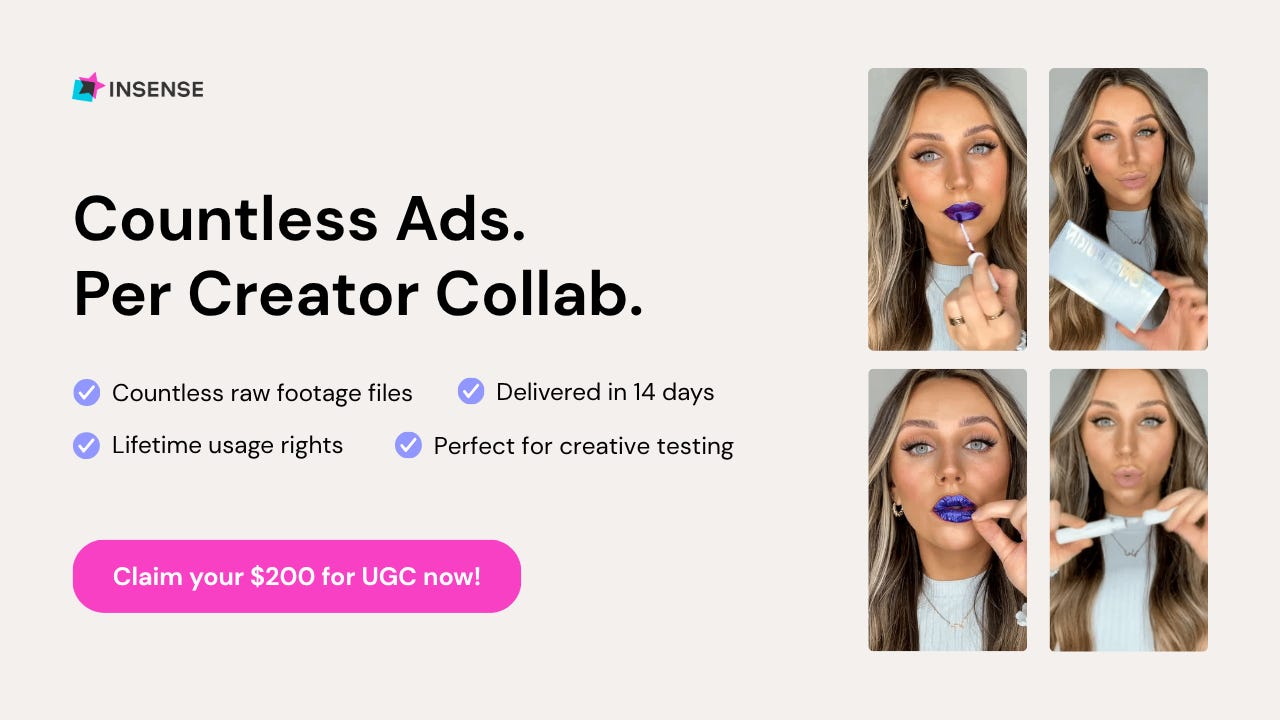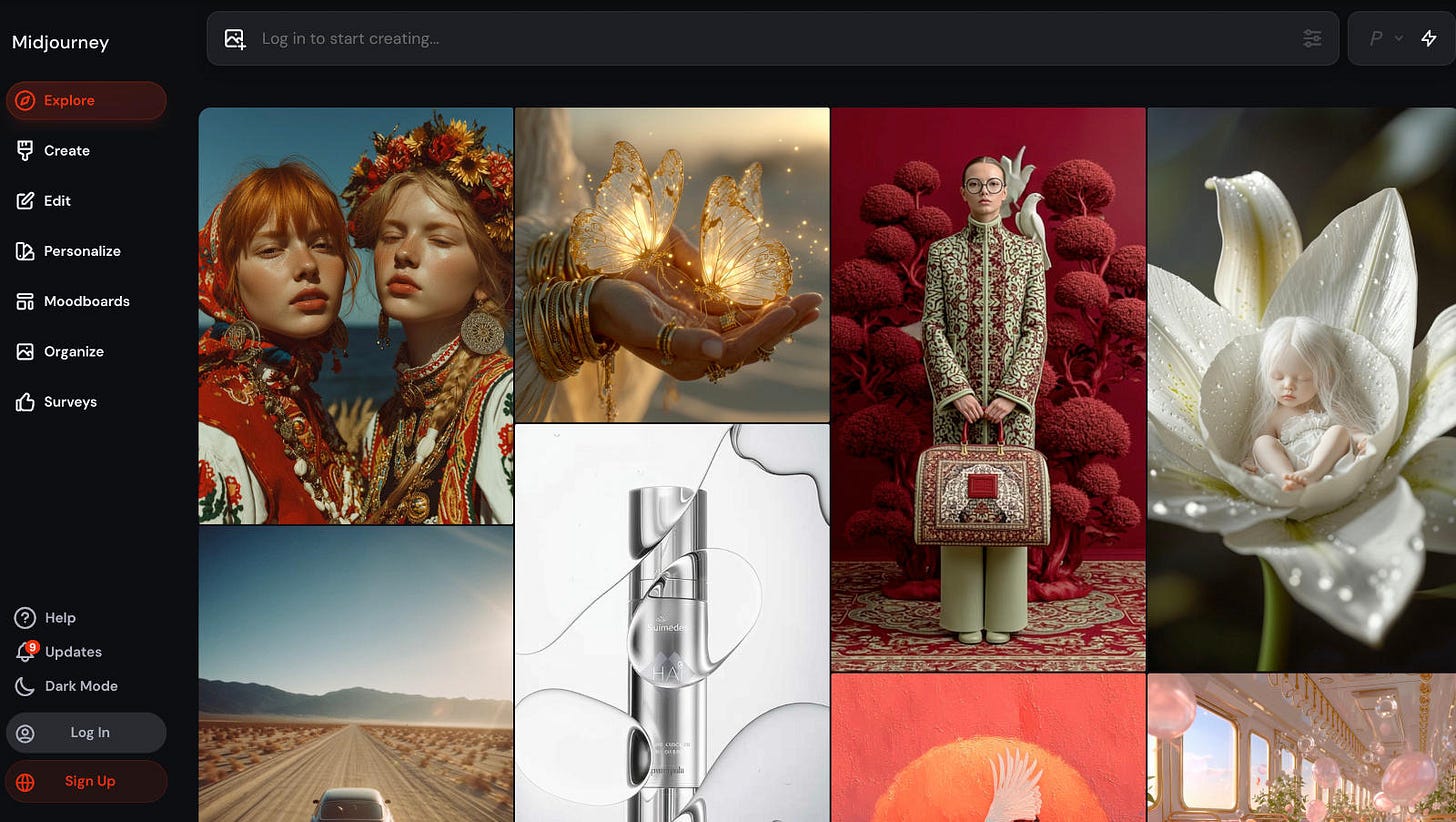Stop treating PDPs as Landing Pages
⚡Your buyers lost conversion tempo. Get it back, Meta doubles down on AI visuals and ad economics, and more!
Howdy Readers 🥰
In this newsletter, you’ll find:
⚡Why PDPs Break
🖼️ Meta Licenses Midjourney AI + Tweaks Ad Billing
🏆 Ad of the Day
If you’re new to ScaleUP then a hearty welcome to you, you’ve reached the right place along with 50k+ CEOs, CMOS, and marketers. Let’s get into it, shall we? Oh! Before you forget, if someone forwarded this newsletter to you, don't forget to subscribe to our newsletter so you never miss out!
Together with Insense
Get 20+ ad variations for Q4 (per creator) for under $150
Insense makes UGC ads insanely cost-effective.
From one brief, get numerous raw footage clips to mix, match, and turn into multiple scroll-stopping creatives for your paid social ads.
Source 20+ pieces of raw content (per creator) with lifetime usage rights, all delivered in 14 days or less to fuel your creative testing.
That’s how Beauty Pie, Bones Coffee, Flo Health, and Aceable scale UGC without killing team bandwidth.
Cost-effective UGC with lifetime usage rights? Yes please!!
Book a free strategy call by September 5th and get $200 for your first campaign.
⚡Why PDPs Break
Shoppers don’t abandon because your offer is weak. They abandon because your flow breaks.
Every buyer has an internal tempo, a rhythm of belief validation they need to hit before they say yes. But most PDPs interrupt that tempo with scattered proof, misaligned benefits, or misplaced reviews.
It’s not the offer. It’s the sequencing. Momentum Pages rebuild your product experience around the buyer’s mental tempo, not your design blocks.
Why It’s Different
Traditional pages follow an information hierarchy. Great ones follow conversion tempo. Most brands start with:
• Hook → Image → Features → Price → Reviews
But the actual buyer stack goes:
• “Is this worth my emotional attention?”
• “Do people like me trust this?”
• “What makes it frictionless right now?”
• “What’s my escape hatch if I’m wrong?”
Break that sequence, and momentum snaps.
Follow it, and you glide buyers past doubt without ever adding more content.
🔧 How to Build a Momentum Page
• Rewatch high-scroll, no-click sessions. Look for scroll-pause points; that’s where your stack collapsed.
• Reframe your “sections” into beats: each one must resolve a single emotional hesitation.
• Start with perceived gain (not brand story), follow with filtered social proof (by persona, not volume), and bridge directly into ease and urgency.
• Use visuals and microcopy to keep vertical motion; momentum isn’t just logic, it’s literal motion. No dead zones.
Once built, these pages feel like they’re reading your buyer’s mind, because they are.
If 70% of your visitors bounce mid-stack, Smart Recognition maps who they were and what belief stage they dropped off at, then re-engages them with email or ad flows built for that exact mental gap.
You can schedule your free demo here to turn belief-drop bounces into re-stacked buyers.
🧨 Final Word
PDPs don’t need more content. They need better timing.
When you rebuild around buyer tempo, bounce becomes momentum, and conversion becomes the natural next step.
🖼️ Meta Licenses Midjourney AI + Tweaks Ad Billing
Meta struck a licensing deal with Midjourney for its AI image and video generation tech while also making key changes to ad billing, reflecting both Meta’s ambition in AI and its continued fine-tuning of ad systems.
The Breakdown:
1. Midjourney Partnership - Meta is licensing Midjourney’s “aesthetic technology,” including its V7 image model and V1 video model, generating images and short animated videos from text prompts. The deal comes as Midjourney faces lawsuits from Disney and Universal over training data.
2. AI Strategy Push - Chief AI Officer Alexandr Wang described the partnership as part of Meta’s “all-of-the-above” AI strategy, including securing top talent, scaling compute resources, and partnering with leading labs. The move follows Meta’s $14.8B investment in Scale AI and a hiring spree for AI researchers.
3. Upfront Ad Billing - Meta has shifted how it charges advertisers, moving to upfront billing at the moment a campaign is confirmed. Previously, advertisers were billed as they reached spending thresholds or at the end of the cycle. Now, the entire campaign budget is collected right away.
4. Advantage+ Spend Caps - Meta also updated spending rules for Advantage+ campaigns, replacing min/max ranges with an average ad set spend limit, altering how budgets are distributed across automated campaigns. Advertisers will now set one average cap for ad set spending.
Meta is doubling down on both product innovation and revenue discipline. Partnering with Midjourney positions it to challenge leaders like OpenAI’s Sora and Google’s Veo, while the billing changes show a clear focus on controlling the economics of its ad ecosystem.
🏆 Ad of the Day
What Works + Insights
1. Clear headline tied to authenticity - The phrase “As Real As It Gets” works because it positions the product as clean, honest, and free from additives, which directly appeals to health-conscious buyers. For a seasoned marketer, this kind of headline shows the power of stripping language down to its essence.
2. Ingredient-led proof points - Highlighting “No cane sugar, corn syrup, artificial sweeteners” and “Good fats from avocado oil” builds credibility by putting proof right next to the promise. This reflects a move where marketers know not to just tell but to show, using simple, relatable ingredient callouts that cut through skepticism instantly.
3. Visual cues of health and freshness - The use of eggs, avocados, and clean, green accents around the product reinforces natural and healthy eating at a glance. The move here is aligning design language with product promise, an approach that makes buyers process benefits visually before even reading the copy.
Broader Insight – This ad shows that in categories like food and wellness, trust is built not with long explanations but with simple, visible proof. Modern consumers filter fast, so pairing a bold claim with ingredient-level transparency and clean visuals creates a formula that is easy to replicate across campaigns.
Advertise with Us
Wanna put out your message in front of over 50,000 best marketers and decision makers?
We are concerned about everything DTC and its winning strategies. If you liked what you read, why not join the 50k+ marketers from 13k+ DTC brands who have already subscribed? Just follow this.
At ScaleUP, we care about our readers and want to provide the best possible experience. That's why we always look for ways to improve our content and connect with our audience. If you'd like to stay in touch, be sure to follow us EVERYWHERE🥰
Thanks for your support :) We'll be back again with more such content 🥳





Love this newsletter as a former performance marketer. Thanks for sharing :)
A few things that stood out to me:
1. I wonder whether average consumers are as put-off as I am by those Midjourney visuals. They look so unnatural. At the same time, unnatural-looking AI images have already been fooling people on Facebook for a while now (hi, Shrimp Jesus), so maybe Meta's bet here is simply that the average user can't tell or doesn't care. I've seen similar bets play out internally at companies: The user is too dumb or too apathetic to care. We'll see
2. Love that Primal Kitchen ad. I've been a customer of theirs for a while, and I love how their branding makes the value prop so clear